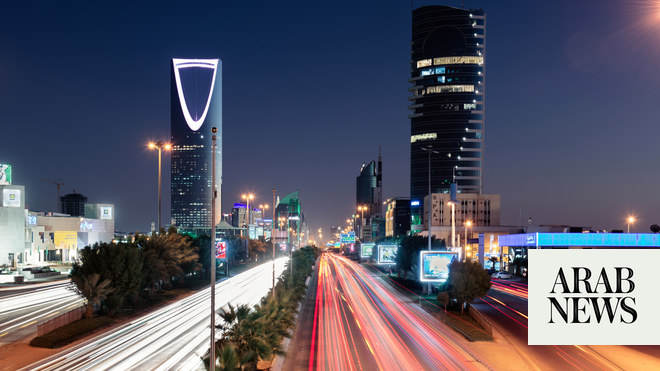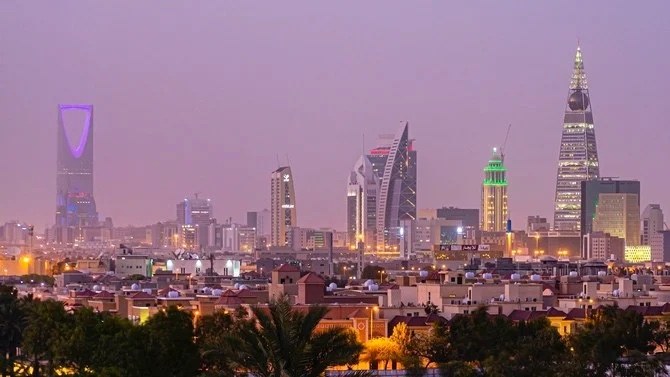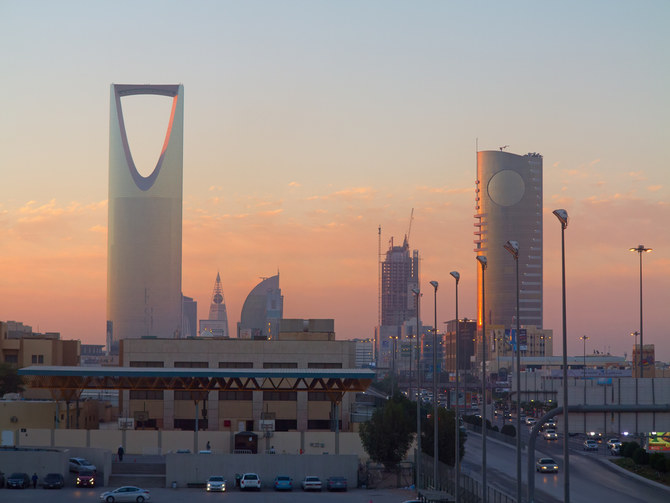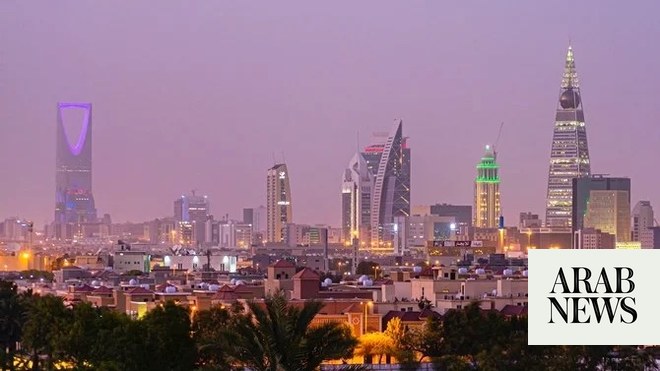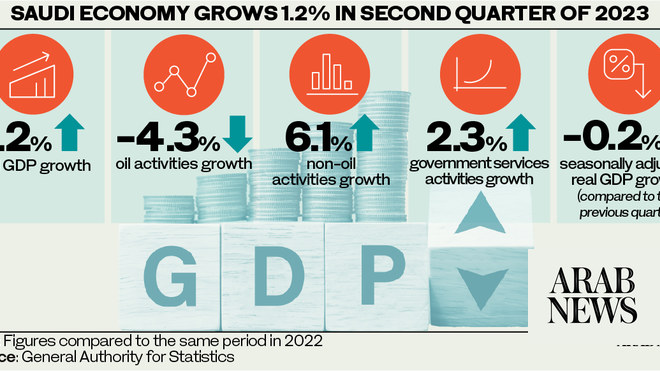
Saudi PMI score increased to 53.2 in May from all-time low of 51.4 in April.
UAE score improves but Egypt suffers decline.
Growth in Saudi Arabia’s non-oil private sector showed signs of recovery in May as businesses ramped up output to meet rising demand, a survey found.
The Emirates NBD/IHS Markit Purchasing Managers Index (PMI) — a measure of business conditions — increased to 53.2 from an all-time low of 51.4 in April.
A reading above 50 marks expansion in growth, while a measure under 50 indicates a contraction.
But the measure is still low compared to historical standards, with growth continuing to lag behind rates that were recorded last year, said Khatija Haque, head of MENA research at Emirates NBD.
“The survey data suggests that government spending and higher oil prices year-to-date are not boosting economic activity as much as they have in the past, although firms remained highly optimistic about their future prospects,” she said.
While rising oil prices — which surpassed $80 a barrel last month — have helped to bolster Saudi Arabia’s economy, the growth of the non-oil sector slowed this year due partly to the new value-added tax (VAT) and government-led price rises introduced at the start of the year.
These additional charges have helped to fuel inflation and reduce households’ spending power.
A Capital Economics research note published on Tuesday suggested the uptick in the PMI measure, among other economic measures, could indicate that the worst is over for the non-oil sector.
“More timely figures suggest that the non-oil sector may have passed its recent trough. Growth in point of sales transactions, a proxy for consumer spending, picked up in the past couple of months,” the note said.
“Households have started to loosen the purse strings after a raft of public-sector bonuses were announced in January. And with the government planning to ramp up infrastructure spending this year, the rebound in the non-oil sector probably has some legs,” it said.
Year-on-year GDP growth is estimated to have reached 1.5 percent for the first quarter of the year, according to Capital Economics analysts.
In neighboring UAE, the non-oil private sector growth accelerated to a four-month high last month, with the local PMI reading rising to 56.5 from 55.1 in April.
The increase is said to reflect an
increase in new orders, output and employment growth. A measure of the country’s export business reached a 30-month high due to strengthening demand from the Gulf countries.
“The strong PMI reading in May was partly due to a rebound in export orders — reflecting improved external demand conditions — as well as significant price discounting domestically. As a result, while the headline index shows strength in activity, profit margins remain under pressure,” said Haque.
The forthcoming Expo 2020 event in Dubai has also bolstered confidence, with the government and private sector expected to ramp up spending as the event draws closer.
“The 2018 budget shows a planned 19.5 percent increase in spending compared to the previous year, and dedicates 21 percent of funds to infrastructure spending,” a Capital Economics research note said.
In contrast to the revival seen in Saudi Arabia and the UAE, business conditions in Egypt worsened during May.
The North African country’s PMI indicator slipped from 50.1 in April to 49.2, indicating a contraction in growth.
The deteriorating conditions have been blamed on a decline in new orders and weakening demand.
But Daniel Richards, MENA economist at Emirates NBD, remained optimistic about Egypt’s fortunes.
“The (PMI) index continues to hover around the 50 mark, a vast improvement on the trends observed prior to the November 2016 reforms, and while the forward-looking data is not quite as positive as it has been in recent months, it continues to point towards an ongoing improvement in the Egyptian economy,” he said.




